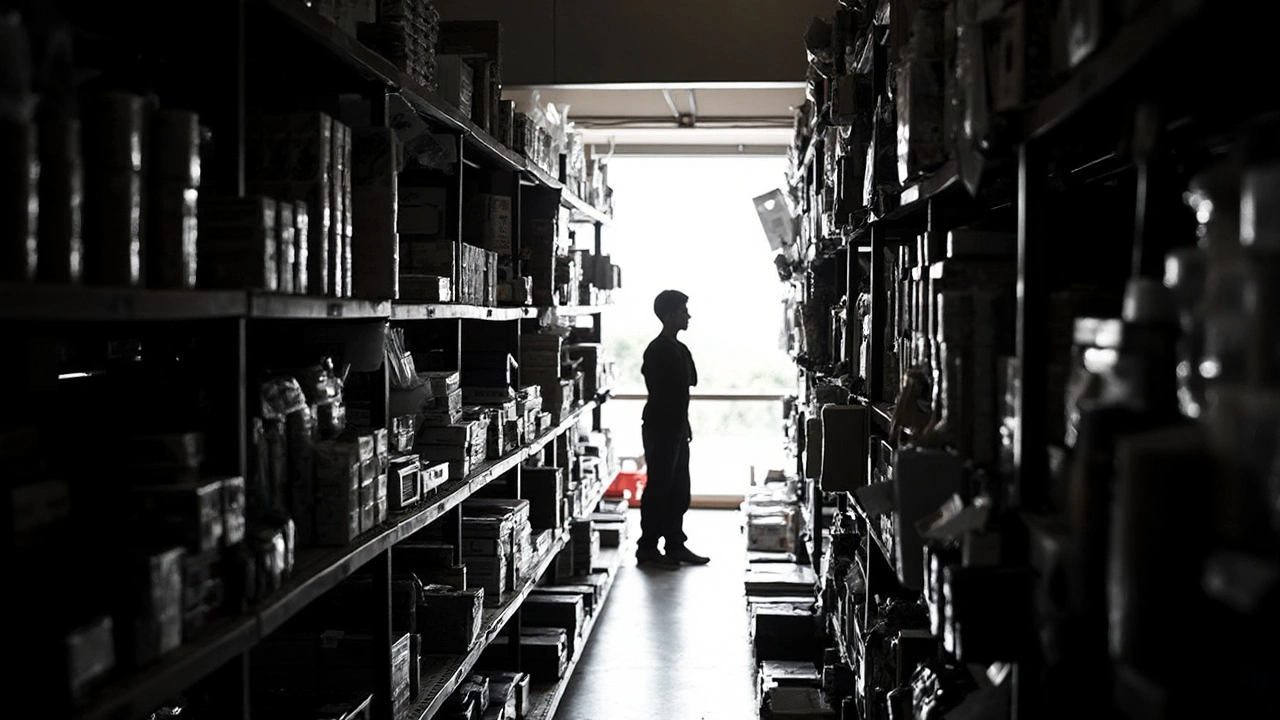Eskom: What to expect and how to cope with load-shedding
Eskom runs most of South Africa’s electricity grid. If you live or run a business here, you’ll feel the impact when units break down or demand spikes. Load-shedding is the scheduled power cuts Eskom uses to protect the grid. It’s annoying, but you can plan for it and reduce the pain.
Quick facts you should know
Load-shedding is announced in stages or “stages” — higher stage means more frequent or longer cuts. Eskom posts updates on its website and social channels, and many local councils republish schedules. Check stage levels and planned maintenance before big events or hot days when demand climbs. Also watch for unexpected breakdowns; those cause sudden changes to the schedule.
Why does it happen? The main causes are aging power stations, unexpected faults, and a gap between available generation and demand. Repairs and new generation take time, so short-term fixes focus on managing demand and keeping the grid stable.
Practical steps for homes and businesses
Start small. A basic emergency kit helps: torches with fresh batteries, a charged power bank, a battery-operated radio, and a few LED bulbs. Keep a list of essential items you need during a cut — phone, medication, cash, and a warm layer in winter.
Save power before outages. Unplug non-essential gadgets and set fridges and freezers to efficient settings. That reduces the surge when power returns and keeps food colder longer. For longer outages, move perishable food to a cooler with ice if you can.
Think about backup power. For many, a UPS (uninterruptible power supply) for a router and a few devices is a cheap, practical step. Solar + battery systems are pricier but cut bills and give longer autonomy. For businesses, assess critical loads and consider generators or hybrid systems to keep your lights, POS systems, and servers running.
Protect electronics. Use surge protectors or switch off sensitive devices during outages to avoid damage from power surges when supply returns. Label circuits in your home so you can quickly isolate non-essential circuits if you run a generator.
Safety matters. Never run a portable generator in an enclosed space. Avoid using candles where children or pets play. If you rely on medical equipment, register with Eskom or local health services — they sometimes share priority support info.
Stay informed. Follow Eskom’s official channels, sign up for local alerts, and use community WhatsApp groups wisely. If a schedule changes, those channels are often the fastest way to know what’s happening.
Dealing with Eskom daily is tiring, but smart prep makes outages manageable. Small changes — a charged power bank, a UPS for key devices, and a clear plan — reduce stress and keep life moving when the lights go out.
- March 3, 2025
- Comments 12
- Business

